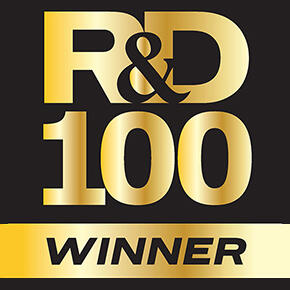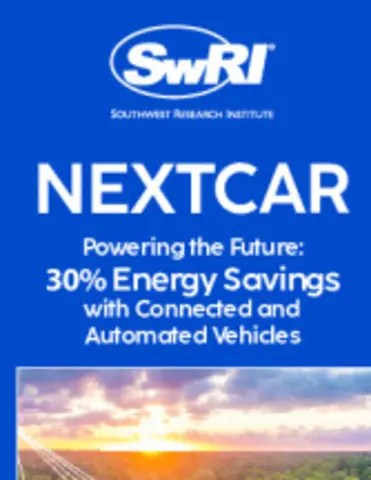Connected powertrain technology improves fuel efficiency and performance in conventional internal combustion engines, electric and hybrid vehicles with software and data by leveraging onboard sensing and external connectivity via vehicle-to-vehicle (V2V), vehicle-to-infrastructure (V2I) and vehicle-to-everything (V2X) technologies.
Connected Powertrain Solutions
Our solutions lie at the intersection of connected vehicles and powertrain engineering with technology offerings spanning speed/route optimization and applied research/testing specific to powertrains, vehicle networks, and external infrastructure.
- Eco-Driving - Leverage connected powertrain information from neighboring vehicles (V2V) and traffic signals (V2I) to minimize accelerations and generate an energy-efficient speed profile.
- Eco-Routing - Fuse powertrain dynamics layer on top of existing off-the-shelf navigational services to present energy optimal routes specific to vehicle powertrain and driver behavior.
- Driver Speed Advisory - Using third-party services, SwRI is working on scalable frameworks for a driver advisory system with easy integration into a navigation systems or mobile applications.
- Traffic Simulated Integrated Chassis Dynamometer - Evaluate fuel economy, emissions, CAV algorithms and new technologies augmented by traffic simulators.
- Powertrain Centric Solutions - Advanced powertrain control for electrified powertrains, engine control, transmission control and ultra-low NOx solutions for heavy duty trucks.
Proven Capability
Our connected powertrain expertise is helping clients gain efficiency improvements on SAE Level 2 and higher automated vehicles. SwRI is leading a Department of Energy research program to demonstrate energy savings at a system level while having no negative impact on traffic flux. The program studies the effect of CAV technologies at a system level focusing on vehicles with different powertrains, varying levels of automation and intelligent infrastructure.
The project builds upon our successful ARPA-E NEXTCAR program, that demonstrated a 20% improvement in fuel economy on a plug-in hybrid electric vehicle (PHEV) through connectivity and automation.
R&D 100 Award for Eco-Mobility with Connected Powertrains
CAV tool that lowers fuel consumption more than 20% recognized by R&D World as one of the 100 most significant innovations of 2021.
Leveraging Vehicle Connectivity
Connected and automated vehicle (CAV) networks present opportunities to improve energy efficiency of individual vehicles.
Related Services
- Active-Vision Anomaly Detection
- Automated Driving Systems & UGVs
- Automotive Cyber Security
- Automotive Vehicles, Engines & Drivelines
- Clean Hybrid Electric Diesel Engine (CHEDE) 8
- Connected Vehicle Technologies
- Connected & Automated Vehicles (CAVs)
- Electric Powertrain Systems
- Intelligent Transportation Systems
- Powertrain Engineering




